final study specific
1/34
There's no tags or description
Looks like no tags are added yet.
Name | Mastery | Learn | Test | Matching | Spaced |
|---|
No study sessions yet.
35 Terms
Kritios Boy
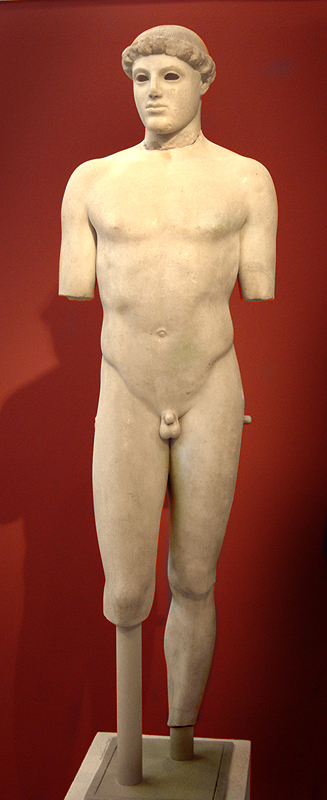
Early Classical Period located in Athens Acropolis made by sculptor Kritios
Myron's Diskobolos
compared to Kritios boy and blond boy - both are heavy but more naturalistic- still expressionless
Riace Bronzes
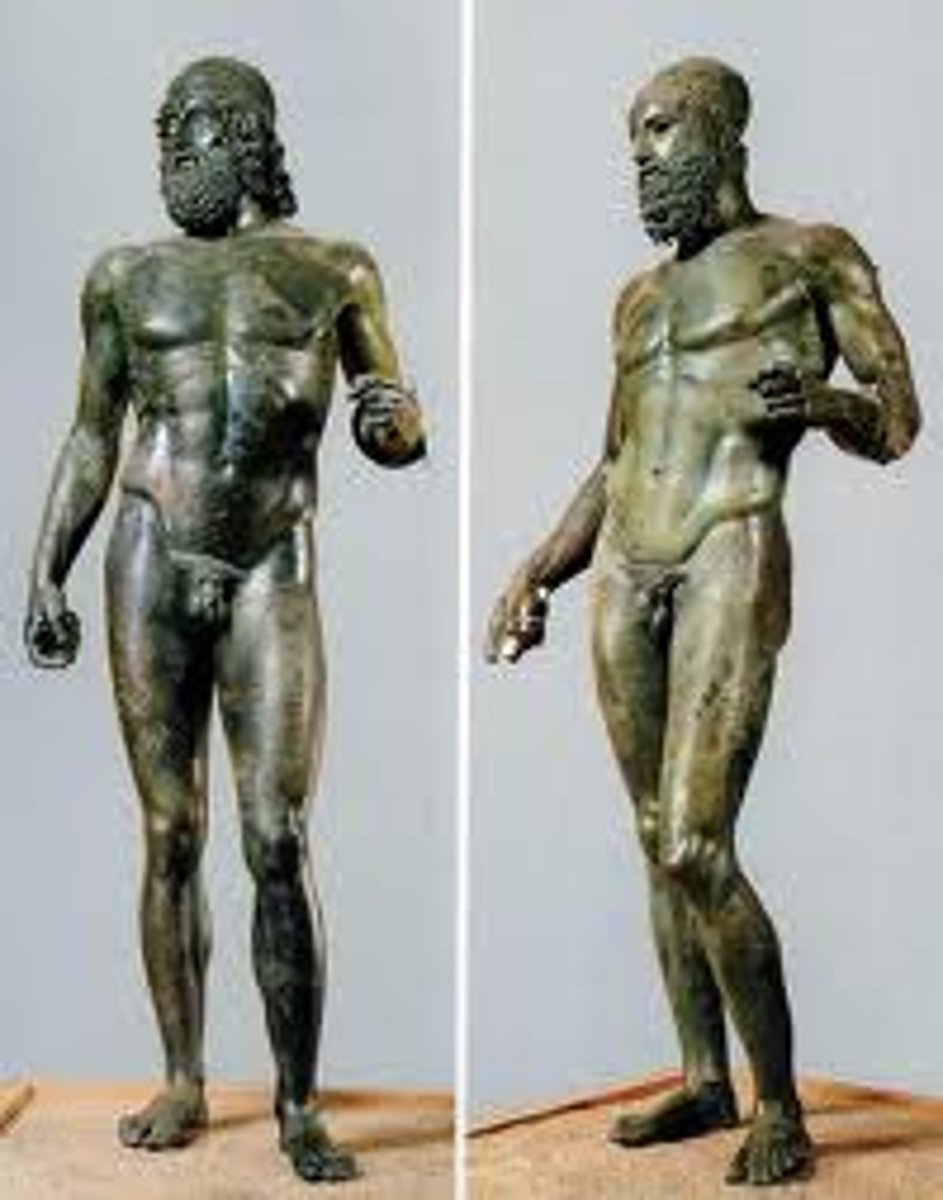
High Classical Period, found near Riace, Calabria, Southern Italy
Temple of Zeus at Olympia
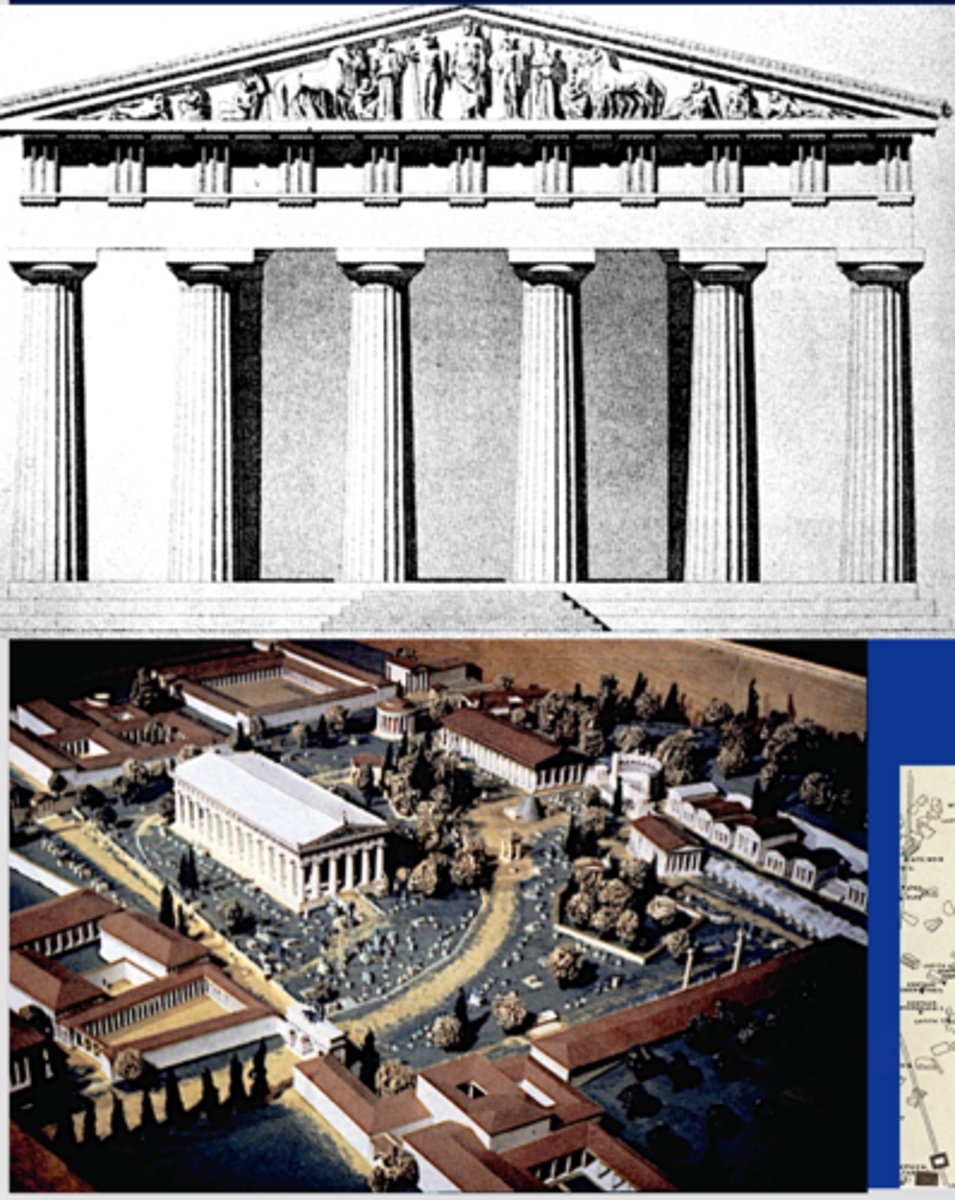
High Classical Period located in Olympia
Hermes Holding the Child Dionysos
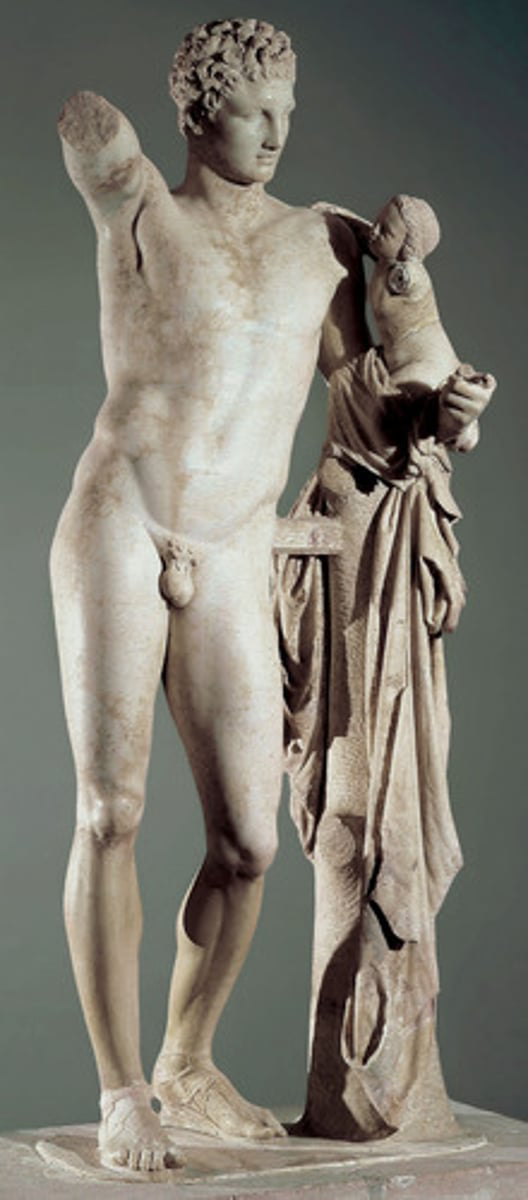
made by Parixiteles of Athens Late Classical Period
Aphrodite of Knidos

Late Classical Period made by Praxiteles
Derveni Krater
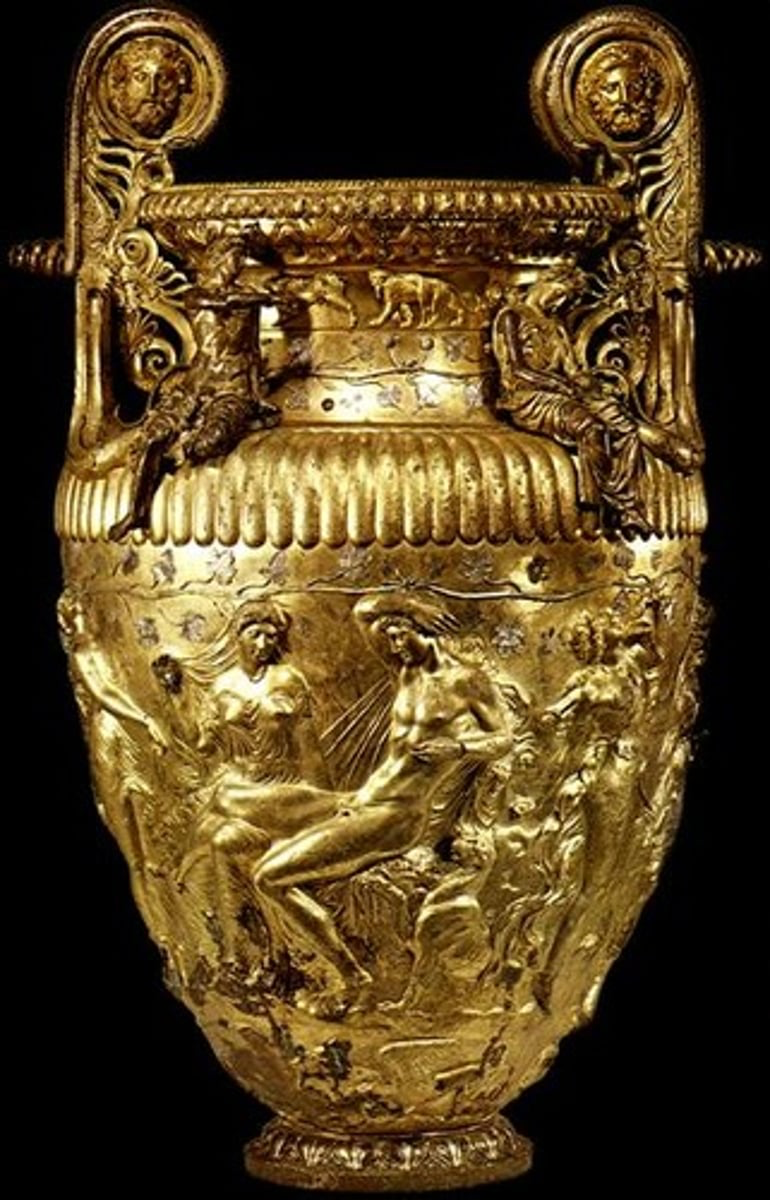
Late Classical Period
Who did the s curve
sculptor Praxiteles

Achilles Painter Amphora
Single figure of achilles on one side. Showerd ethos, focus on an individual's character.High Classical
S-Curve Innovator
Praxiteles ("Praxitelean S-curve")
Achilles Painter
Most important vase painter of the High Classical period. Painter of the Achilles Vase.
Phidias (Pheidias)
Greatest sculptor of the High Classical Period. Created the Athena Parthenos and supervised Parthenon friezes.
Myron
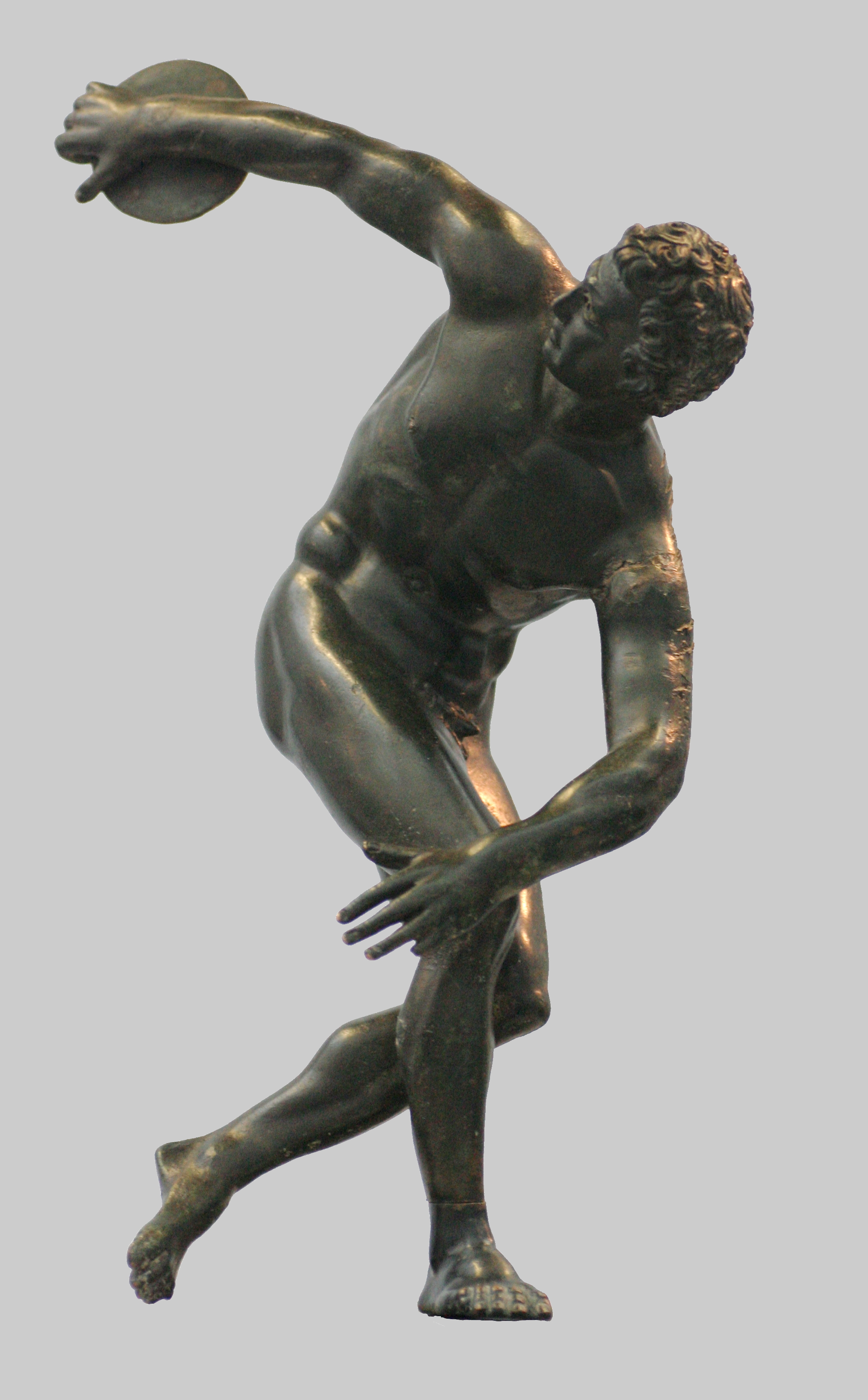
Sculptor of Diskobolos
Lysippos
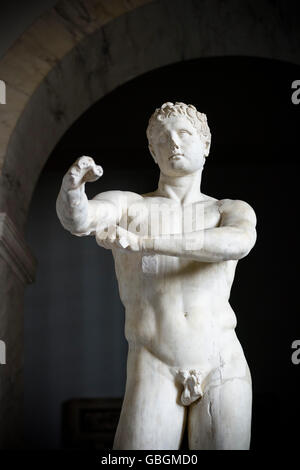
Sculptor of the Scraper, introduced a new proportion (slimmer figures with smaller heads)the Classical Greek
Kritios Boy
Early Classical votive statue, Athens Acropolis.
Shift from Archaic frontal style to Classical naturalism.
Hips are uneven, head turned; low-relief hair, glass paste eyes.
Athena Parthenos
5th century BCE, sculpted by Phidias.
Chryselephantine statue (gold and ivory).
Stood in the naos of the Parthenon; destroyed by Christians.
Temple of Apollo (Delphi):
Faces north, an unusual orientation.
Stoa
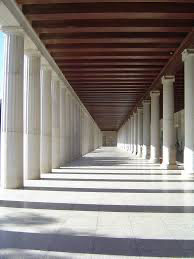
: Roofed colonnade used for political and legal purposes.
Priene
small city in Ionia rebuilt according to a "Hippodameian" system in the 4th century B.C.
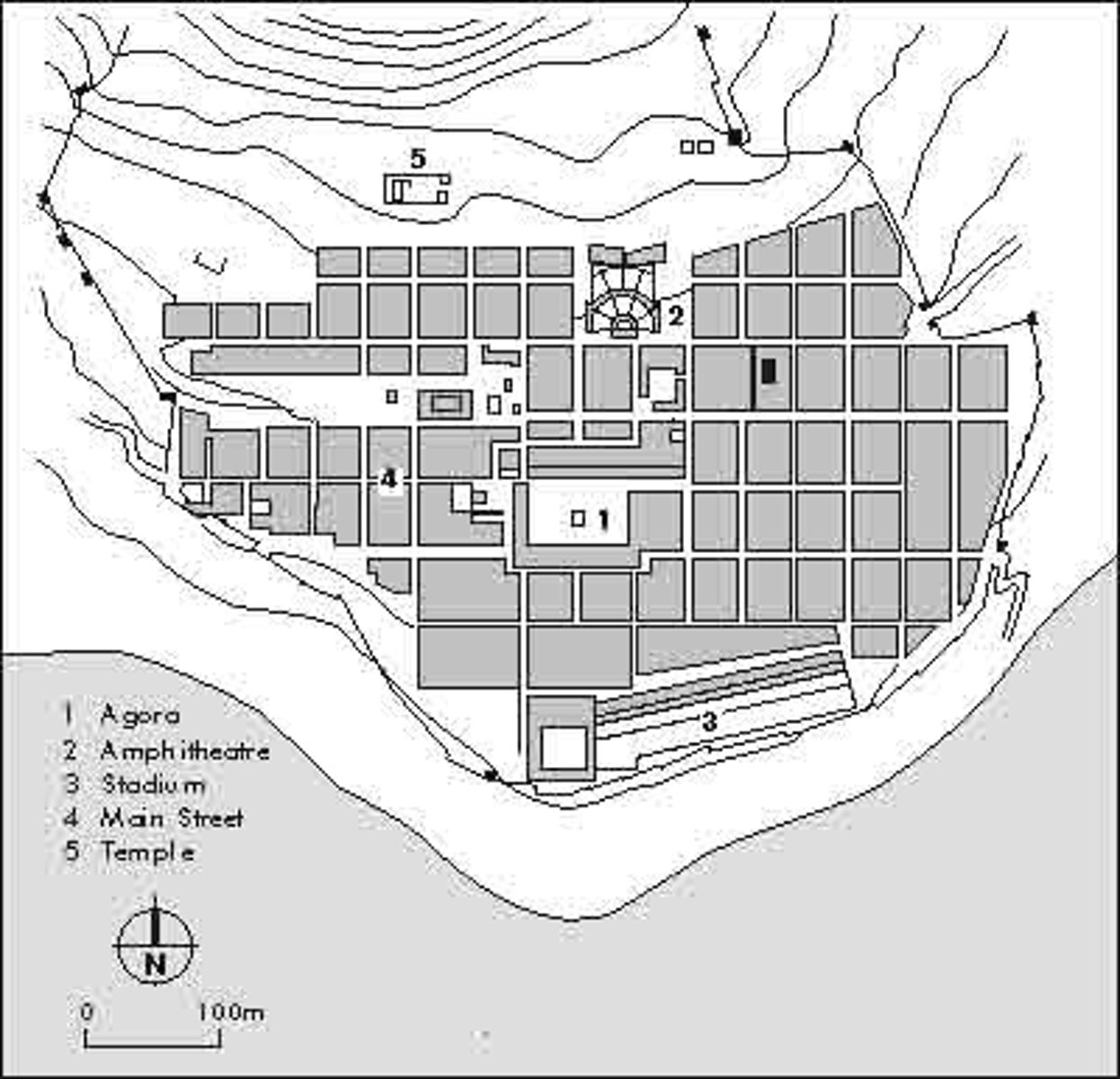
Parthenon Friezes
: Depict Panathenaic procession, victory at Marathon, and Athens' power.
Panathenaia
Annual festival for Athena’s birthday.
Erechtheion (Temple of Erechtheus and Athena)
Old Temple of Athena" -- the Archaic temple in which Erectheus and Athena had been worshipped prior to its destruction by the Persians in 480; this Archaic temple replaced by the Erechtheion
the Erechtheion was a composite of 3 structural units at 2 different levels, housing various gods, holy places, and sacred objects
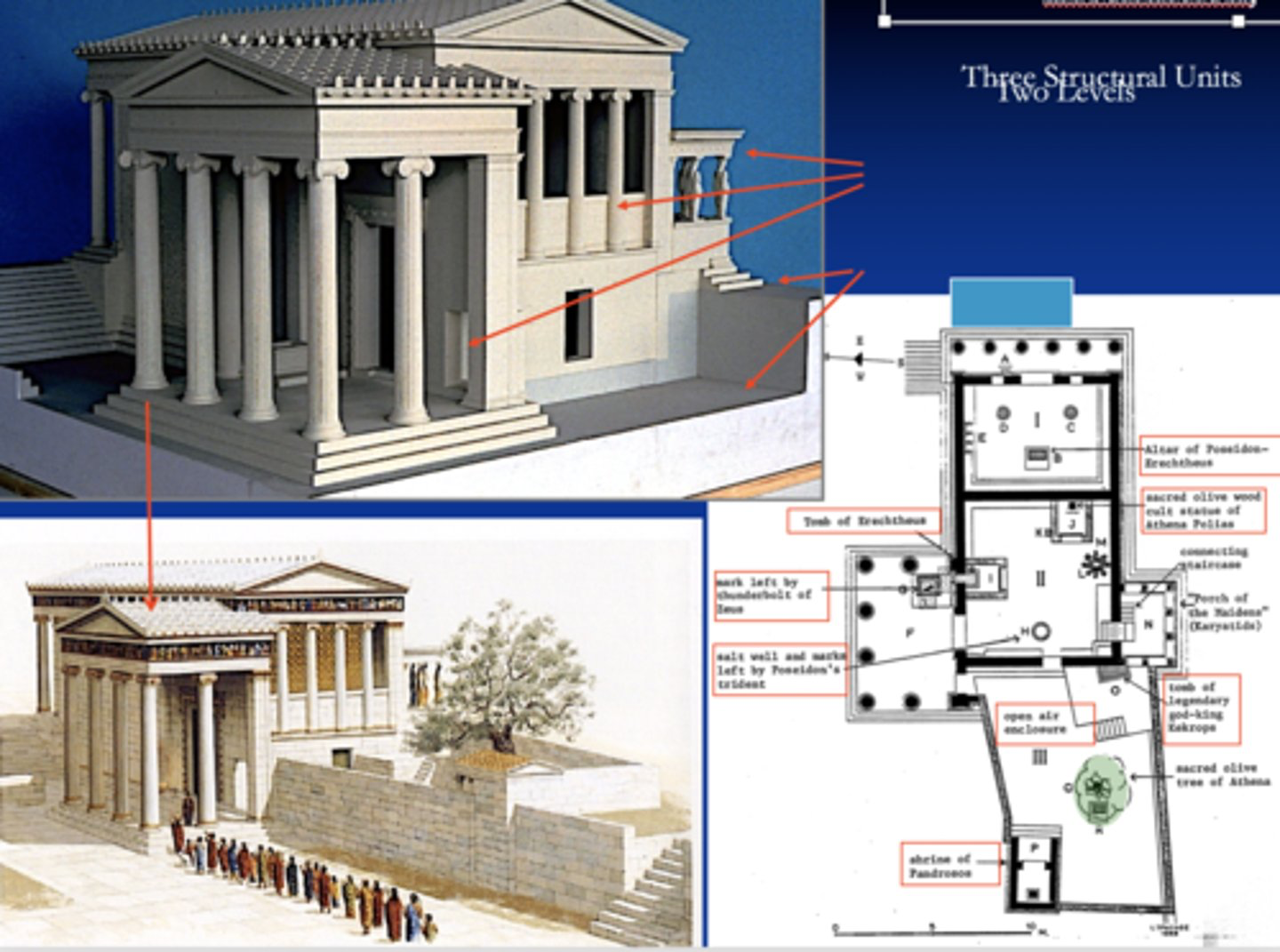
Caryatids located at Temple of Zeus
False
Statue and temple planned at the same time for Temple of Zeus
False
Myron
his depictions of animals, most notably a heifer and possibly also a monument to a cicada and a locust, the objects of poetical encomia
what was the closest comprising to Sperlonga Group - Menelaos
The Blinding of Polyphemus at Sperlonga
Telephos frieze
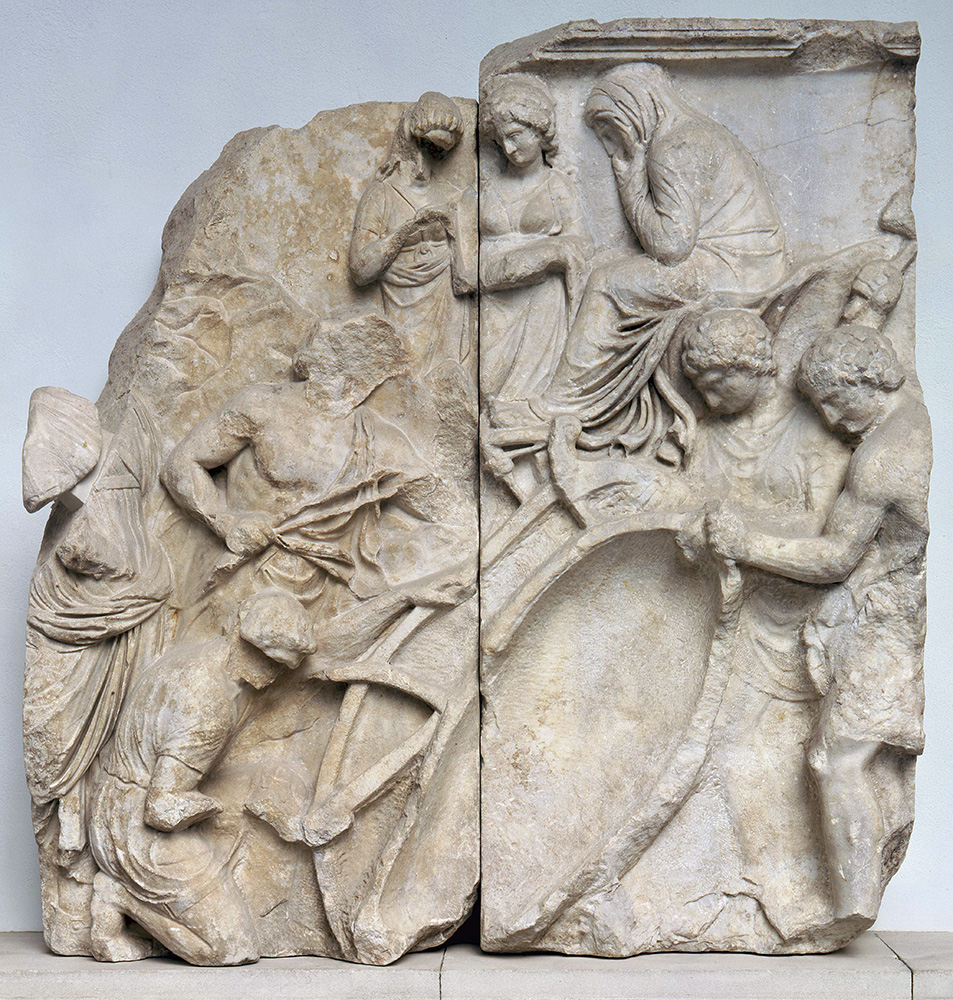
partly unfinished, this frieze was the last of the sculptural decorations to be carved, perhaps at the beginning of the reign of Attalos II
Gigantomachy frieze
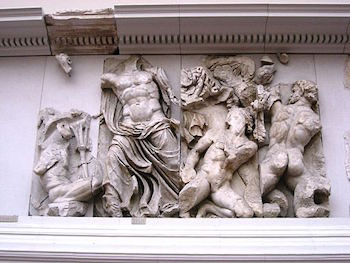
the larger frieze besides the 12 Olympian gods, about 75 other lesser divinities represented
Alexander Sarcophagus
An original work from the Royal Cemetery at Sidon in ancient Syria (modern Lebanon), thought to have been for Abdalonymos, the last king of Sidon.
portrait statue of Demosthenes
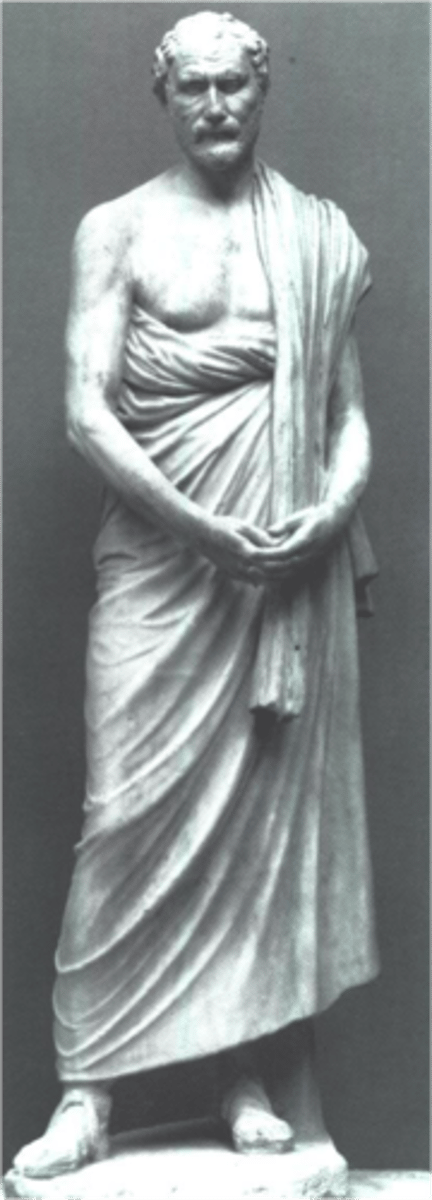
created by the Greek sculptor Polyeuktos and Hellenistic art
The most beautiful theater is
dionysos eieutherios
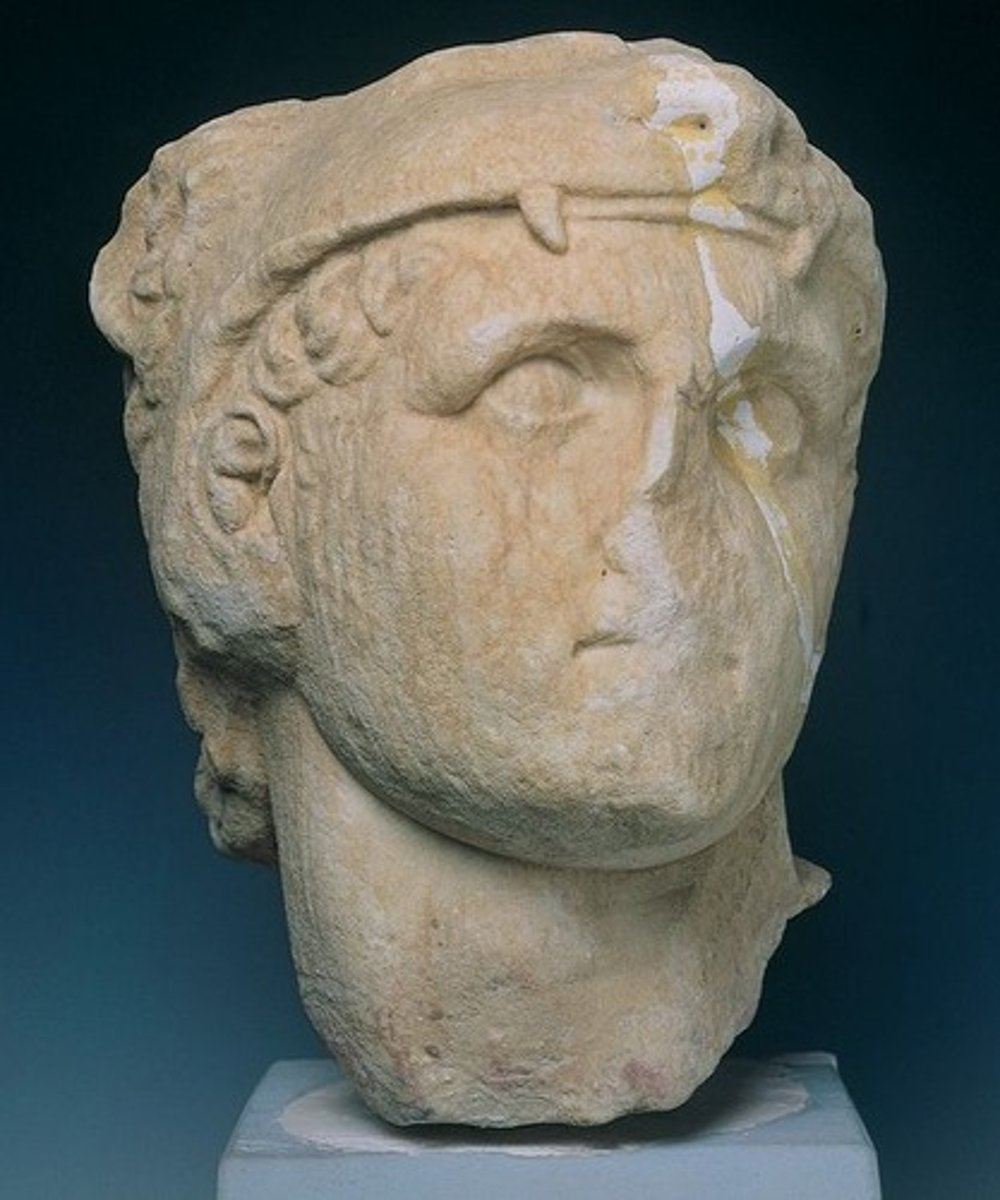
Head of Telephos at Temple of Athena at Tegea
Skopas classical art
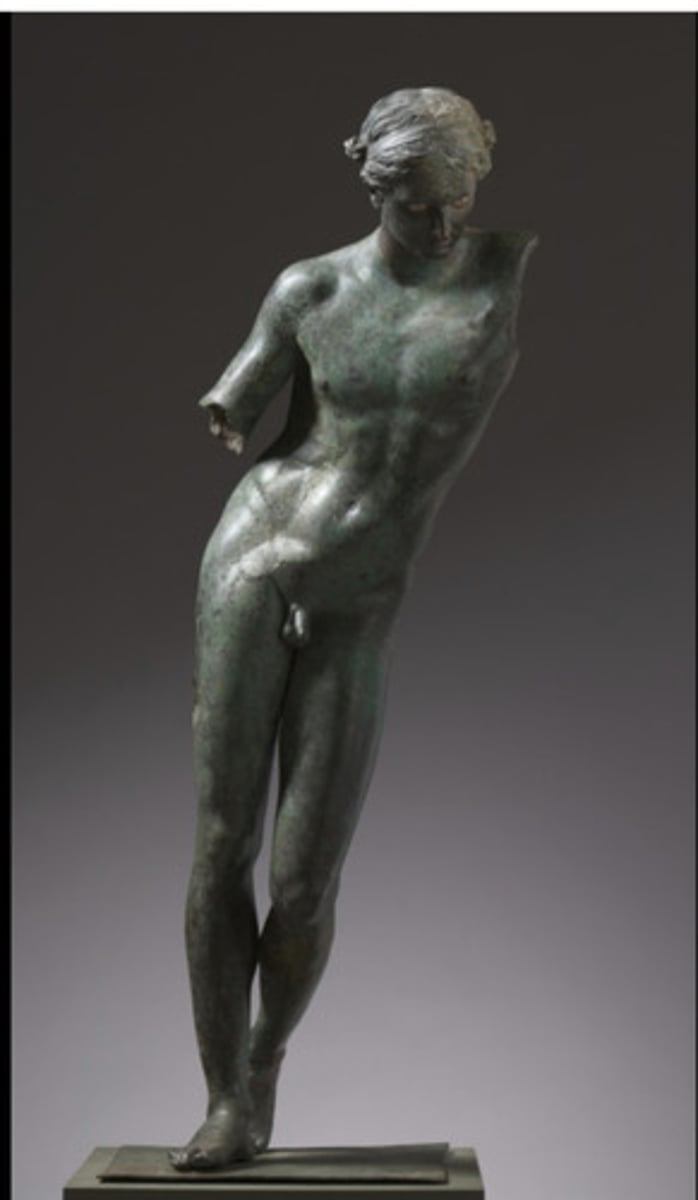
Apollo Sauroktonos
By Praxiteles Late Classical period
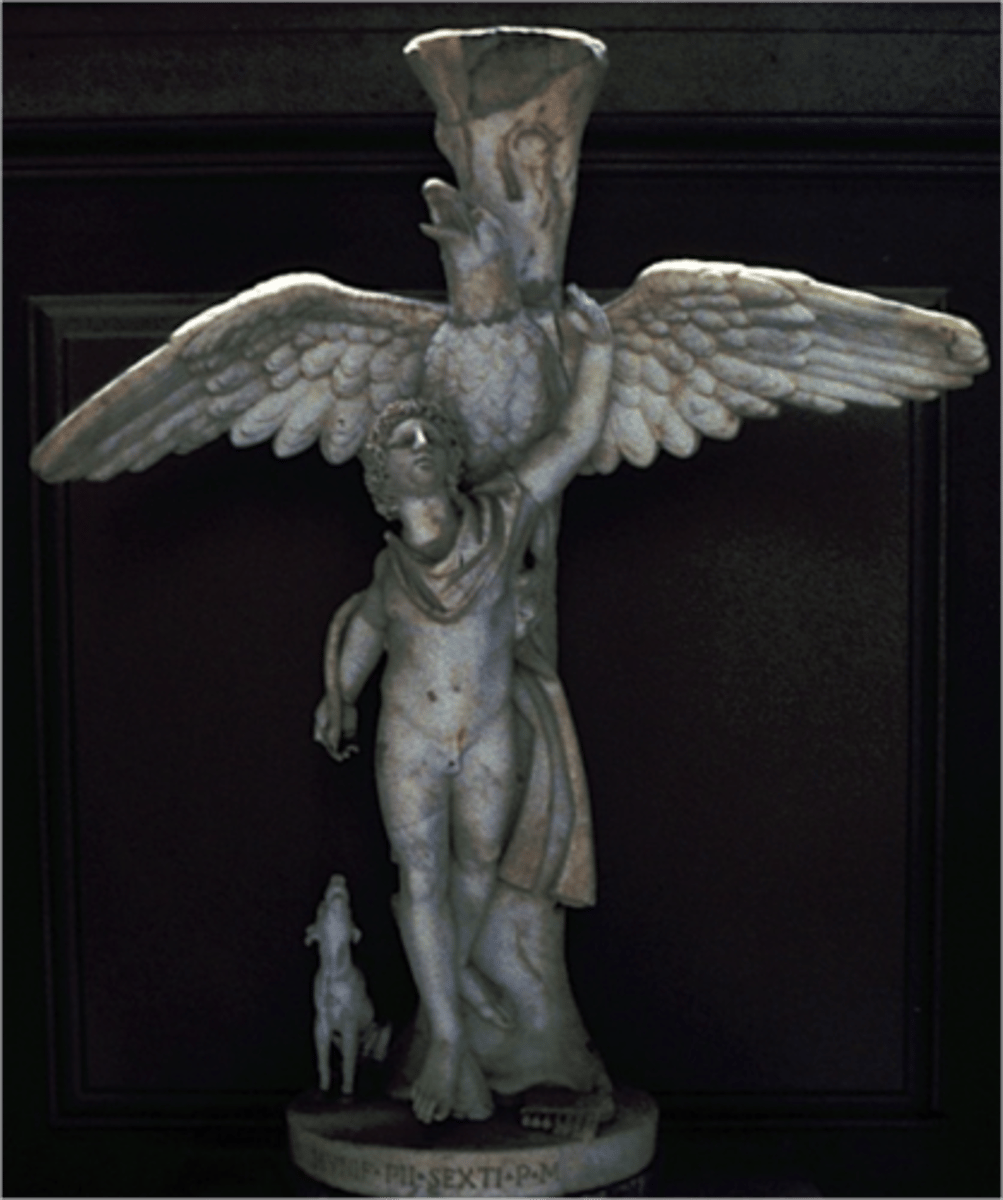
Leochares classical art

Eros by Lysippos Late Classical era